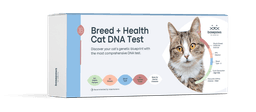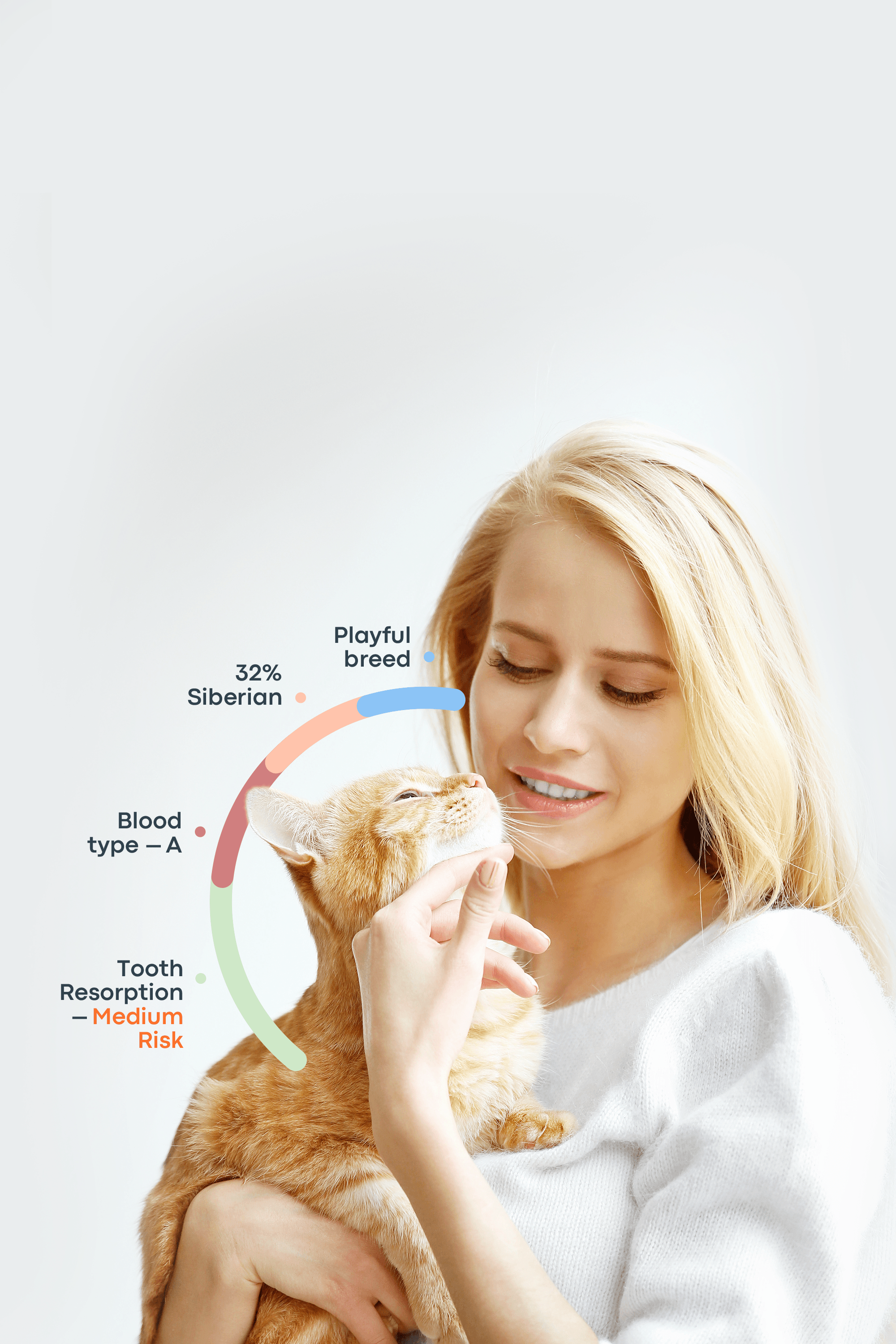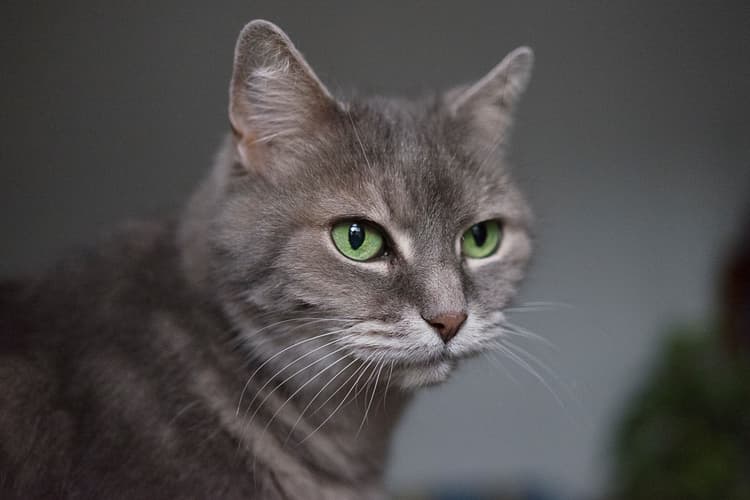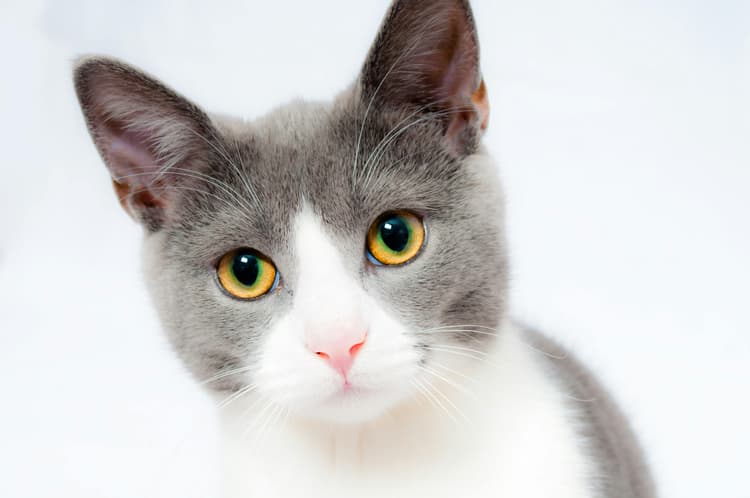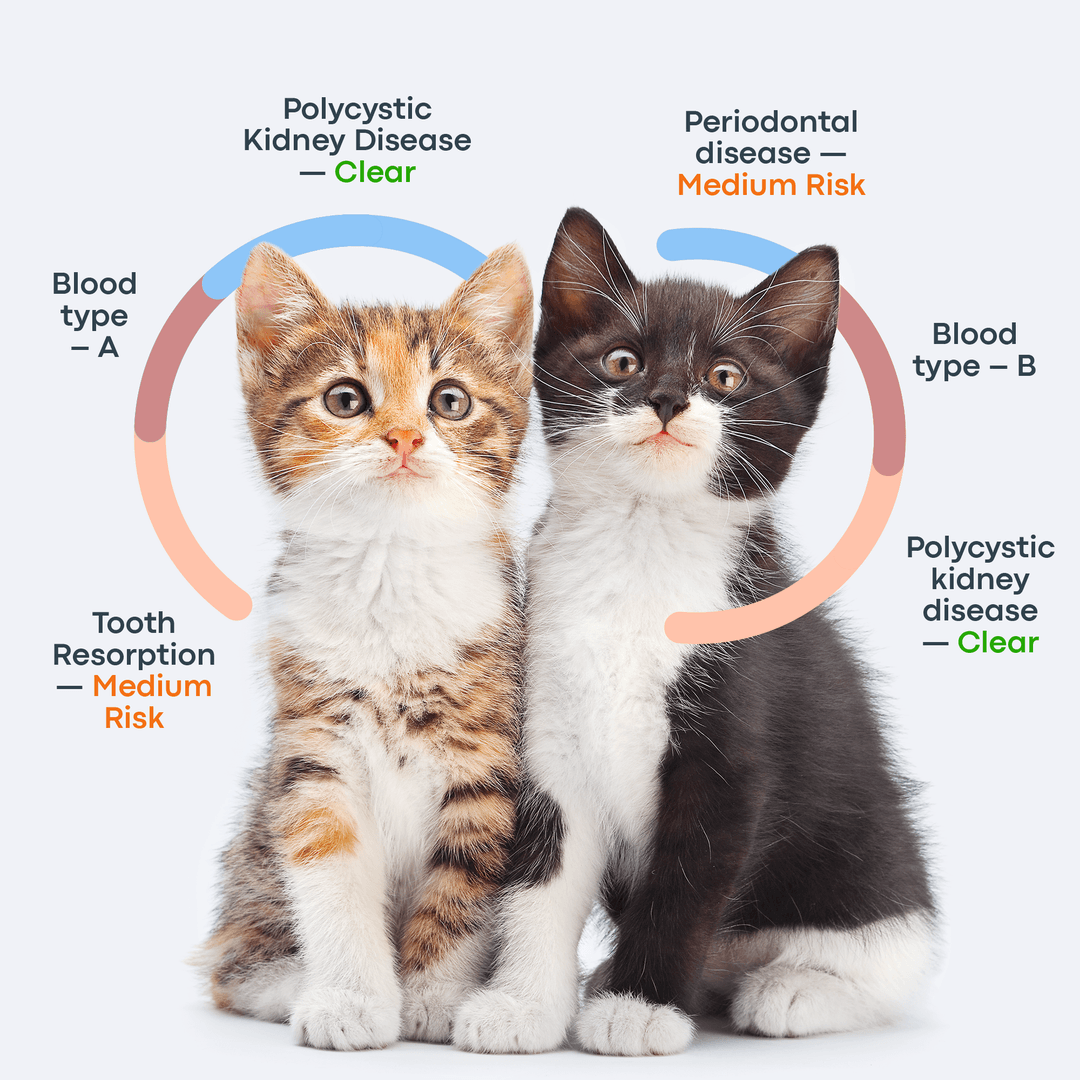Seeing your cat constipated can be distressing—especially when you’re unsure how to help. If you're wondering how to make a cat poop when constipated, the good news is that there are several safe and simple remedies you can try at home. In many cases, there’s no need to rush to the vet right away. Cat constipation is surprisingly common and, with a bit of patience and the right care, it’s often easy to manage.
That said, constipation can sometimes point to a more serious underlying issue. In such cases, prompt veterinary attention is essential. To help you feel confident and prepared, let’s go step-by-step through what to look for and how to help your cat feel better.
How to Know If Your Cat Is Constipated
Constipation in cats isn’t always easy to spot. Many felines are masters at hiding discomfort, so the problem might go unnoticed until it becomes more severe. Recognizing the signs early can make all the difference in getting your cat the help they need.
Here’s what cat constipation symptoms usually look like.
Straining in the litter box without producing anything, or passing only a small amount. According to Zoetis, it’s important to watch closely—most cats strain a little during normal bowel movements, but if your cat is visibly uncomfortable and barely passing stool, constipation may be the cause.
Small, hard, dry stools that resemble pebbles.
Crying or vocalizing during bathroom attempts, which can indicate pain from being unable to pass stool.
Lethargy or noticeable drop in energy, especially if your usually active cat is suddenly listless.
Loss of appetite, even when offered a favorite treat. If your cat refuses to eat, check for other signs of constipation.
Occasional vomiting that seems unrelated to food or hairballs.
Fewer trips to the litter box. Monitoring frequency can help—consider keeping a simple chart of their habits.
Quick Constipation Self-Check
Ask yourself the following:
Is your cat trying to go but nothing is coming out?
Are their stools small, dry, or hard?
Is your cat more sluggish than usual or skipping meals?
Have you noticed fewer bowel movements in the litter box?
If you answered "yes" to any of these, there’s a good chance your cat may be constipated—and it might be time to take action.
How Long Can a Cat Go Without Pooping?
It’s perfectly normal for a healthy cat to occasionally skip a day without pooping. This isn’t usually a cause for concern, especially if it happens infrequently. A decrease in activity can naturally slow down their digestion—less movement often means less bowel activity.
The same applies when your cat hasn’t been eating much. If there’s less food going in, there’s simply less waste to pass. In general, a 24- to 48-hour gap between bowel movements can be completely normal, as long as your cat is eating, drinking, and behaving normally.
However, if it’s been more than two days since their last poop—or if your cat seems uncomfortable, starts vomiting, refuses food, or is acting unusually—it’s time to call the vet. Delaying care in more serious cases can lead to complications like megacolon. The VCA Animal Hospitals website describes this as the dilation or weakening of the colon. The result is severe constipation. This happens because the colon no longer has the ability to contract and expel feces.

Common Causes of Constipation in Cats
Dehydration or Lack of Water
Cats are notorious for not drinking enough. Dehydrated cats have dry, hard stools that are tough to pass. Pet MD recommends identifying the reason why the cat is not drinking enough water. It can be because of mouth pain or digestive discomfort. Some cats might have mobility issues. These may be a barrier to the cat getting enough water.
Low-Fiber Diet
Cats fed diets that are too heavy in meat and lack fiber may experience slower digestion. While protein is essential, breaking down meat takes time, and without fiber, the digestive system can slow to a crawl. Adding a bit of fiber can help move things along.
Sedentary Lifestyle
Indoor cats, especially those who don’t get enough daily exercise, are more likely to become constipated. Physical activity stimulates digestion. Encourage play and movement for at least an hour a day to keep things regular.
Hairballs
Long-haired breeds are particularly prone to hairballs. When cats groom themselves, they swallow fur, which can clump together and cause blockages. Regular grooming helps reduce shedding and minimize the risk of hairball-related constipation.
Obesity
Excess weight can put pressure on the intestines and make bowel movements more difficult. Obesity not only contributes to constipation but also increases the risk of other health issues. Monitor your cat’s weight and aim for a healthy, active lifestyle.
Painful Conditions
Issues like arthritis, hip dysplasia, or anal gland problems can make it painful for your cat to get into a proper pooping position. This discomfort may lead them to avoid going altogether, which worsens constipation.
Neurological Disorders or Intestinal Obstruction
Though rare, these are serious causes of constipation. If the nerves controlling the colon are damaged, or there is a physical blockage such as a tumor or mass, constipation can occur rapidly. According to The Feline Hospital, intestinal compression from tumors, strictures, or other masses can lead to severe constipation.
Side Effects of Medication
Certain medications, including opioids and antihistamines, can slow down your cat’s digestive system. If your cat recently started a new medication and becomes constipated, consult your veterinarian.
How to Help a Constipated Cat Poop at Home
First and foremost: if your cat hasn’t pooped in more than two days, is crying in pain, or has a swollen belly, contact your vet immediately. These may be signs of a serious condition that needs medical attention.
For milder cases, you can often help your cat at home with gentle and safe methods:
Add canned pumpkin. Use plain, unsweetened canned pumpkin with no added sugar or spices. It provides fiber and moisture, which can support digestion. Mix about one teaspoon into their food once or twice a day.
Encourage more water intake. Many cats are chronically underhydrated. Try mixing a small amount of water into their wet food, placing multiple water bowls around your home, or using a pet fountain to encourage drinking.
Switch to wet food. Wet food contains much more moisture than dry kibble and can help keep your cat better hydrated, which supports healthy bowel movements.
Gentle belly massage. Lightly massage your cat’s lower abdomen in circular motions. This can help stimulate the digestive tract. Stop immediately if your cat resists or shows discomfort.
Use vet-approved fiber supplements. Some fiber supplements, like those containing psyllium husk, can be helpful—but only use products specifically made for cats, and always consult your vet first.
Increase exercise and play. Physical activity helps stimulate digestion. Aim for at least 15 to 30 minutes of active play each day to get things moving.
Try hairball remedies. If your cat is prone to hair buildup, a cat-safe hairball paste can help lubricate the intestines and assist in passing both hair and stool more easily.
Safe and Unsafe Home Remedies for Constipation
Here’s a simple chart of safe cat constipation remedies to make it easier for pet parents. However, check with your vet before trying any new remedy. Even the generally safe ones can be bad for some kitties.
Safe | Unsafe |
Plain canned pumpkin | Human laxatives |
Olive oil (small amounts) | Enemas at home (without vet) |
Cat-specific hairball paste | Milk or dairy products |
When You Should Take Your Cat to the Vet
There’s a fine line between mild constipation and a situation that requires urgent veterinary care. If any of the following signs appear, don’t wait—contact your vet right away. The earlier the issue is addressed, the easier it is to treat.
It’s been more than 48 hours since your cat last pooped
Your cat is crying, vomiting, or has a visibly bloated belly
You notice blood in the stool
Constipation is recurring or becoming a pattern
A kitten or senior cat hasn’t had a bowel movement
Prompt attention can prevent complications and help your cat feel better faster.
What to Expect at the Vet
No need to panic. Treating constipation in cats is something vets do all the time. Here’s what might happen.
A physical exam to feel the abdomen
Possibly X-rays to rule out blockages
Fluids given under the skin (subcutaneous fluids) to rehydrate your cat
A gentle enema (administered safely at the clinic)
Medications like a mild laxative for cats (prescribed and cat-safe only)
If you need to take your cat to the vet for constipation, there’s no need to panic. This is a common issue that veterinarians handle regularly. Here’s what you can typically expect during the visit:
A physical exam to check your cat’s abdomen and overall condition
Possible X-rays to rule out blockages or other underlying issues
Subcutaneous fluids (fluids given under the skin) to help with hydration
A gentle, vet-administered enema if needed
Medications like a mild laxative for cats (prescribed and cat-safe only)
In most cases, cats recover within a day or two after treatment. With a little support, your cat will be feeling better soon—and so will you.
Preventing Future Constipation in Cats
Once your cat is feeling better, it’s a good idea to take some simple steps to help prevent constipation from coming back. A few small changes can make a big difference in keeping their digestion regular and healthy.
Keep your cat well-hydrated
Cats aren’t always great at drinking water on their own, so make it easy for them. Set up a few water bowls around the house or try a water fountain—many cats prefer moving water. You can also mix in a bit of broth with their food for extra moisture (just make sure it’s free of onions and garlic, which are toxic to cats).
Feed a high-quality, fiber-rich diet
Wet food tends to be much easier on a cat’s system, especially for older or indoor cats. It helps everything move through their intestines more smoothly. Some cats may also benefit from added fiber but check with your vet before making big diet changes.
Keep them active
Movement is key. Regular play sessions do more than burn off energy—they also help keep things moving in the digestive tract. Try different toys to find what excites your cat. Even just 20–30 minutes of play, spread out through the day, can make a difference.
Groom them often
Especially if your cat has long hair, regular brushing helps reduce the amount of fur they swallow. Less fur in the stomach means fewer hairballs and fewer blockages. It’s also a great bonding activity.
Pay attention to the litter box
You know your cat best. If they usually poop twice a day and suddenly it’s only every other day, that’s a red flag. Keep an eye on stool consistency and frequency—it’s a small habit that can catch problems early.
Don’t skip vet checkups
As your cat gets older, regular vet visits become even more important. A quick checkup can catch small issues before they turn into big ones. Your vet may also have tailored advice based on your cat’s age, weight, and lifestyle.
Conclusion: Don’t Wait Too Long – Constipation Can Turn Serious
Early signs of constipation can often be managed with a few simple adjustments at home. But if your cat is not improving, trust your instincts and contact your vet. The same applies if your cat seems painful, bloated, or generally miserable. Severe or ongoing constipation in cats is not something to take lightly.
Remember that keeping your cat well hydrated, feeding a balanced diet, encouraging daily activity, and scheduling regular vet visits are the best ways to support their digestive health for the long term. Above all, trust yourself. When it comes to your cat, your gut feeling is usually right.
Frequently Asked Questions
What is the best food to give a cat with constipation?
High-quality wet food with added fiber is usually the best choice. Pumpkin or vet-approved supplements are great options for a feline that is constipated. Also make sure that they are hydrated and get enough water.
How to make a cat poop when constipated?
There are many ways to accomplish this. One way is to increase water intake and add more fiber to their diet. Gently massaging the cat’s belly can help to achieve this. Increasing their activity levels can also help. Try to get them to play with you.


